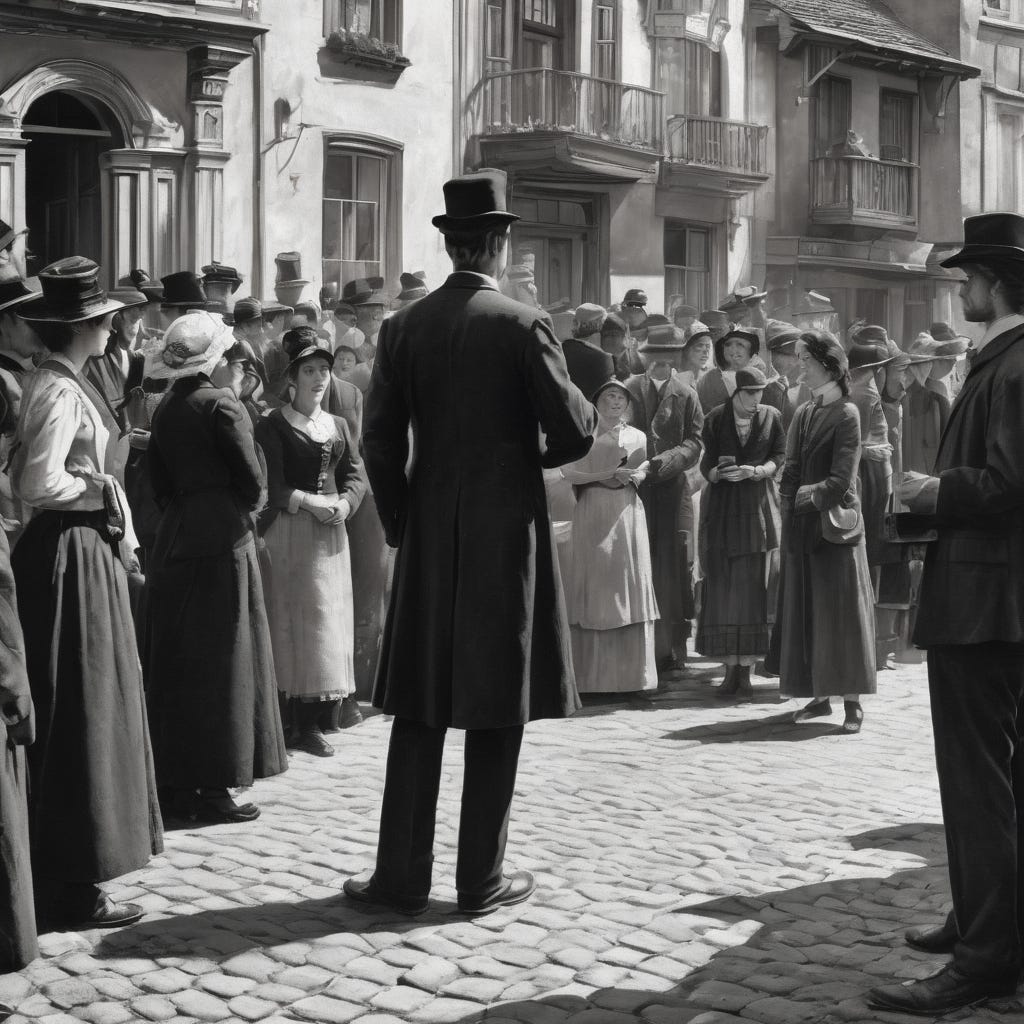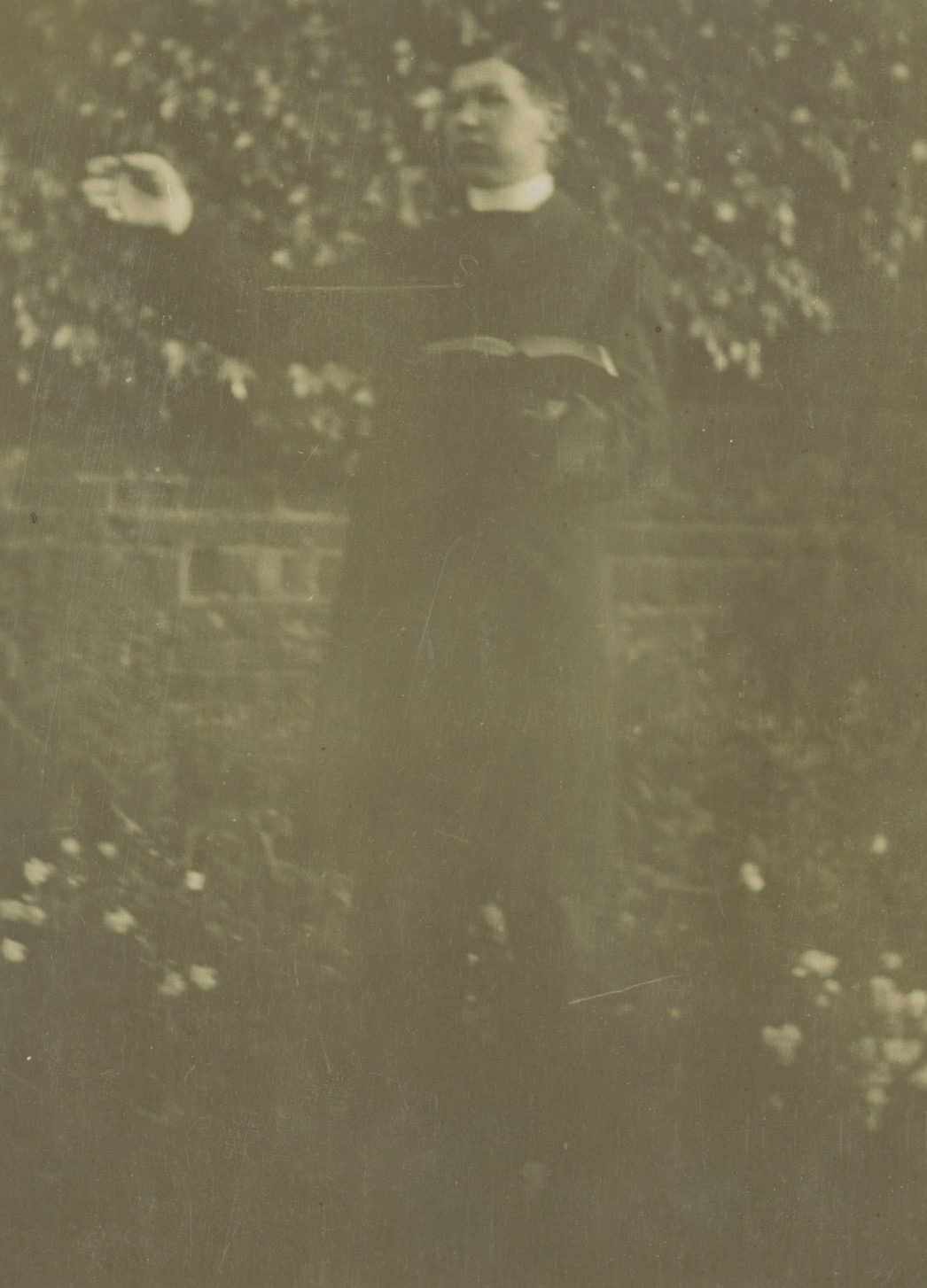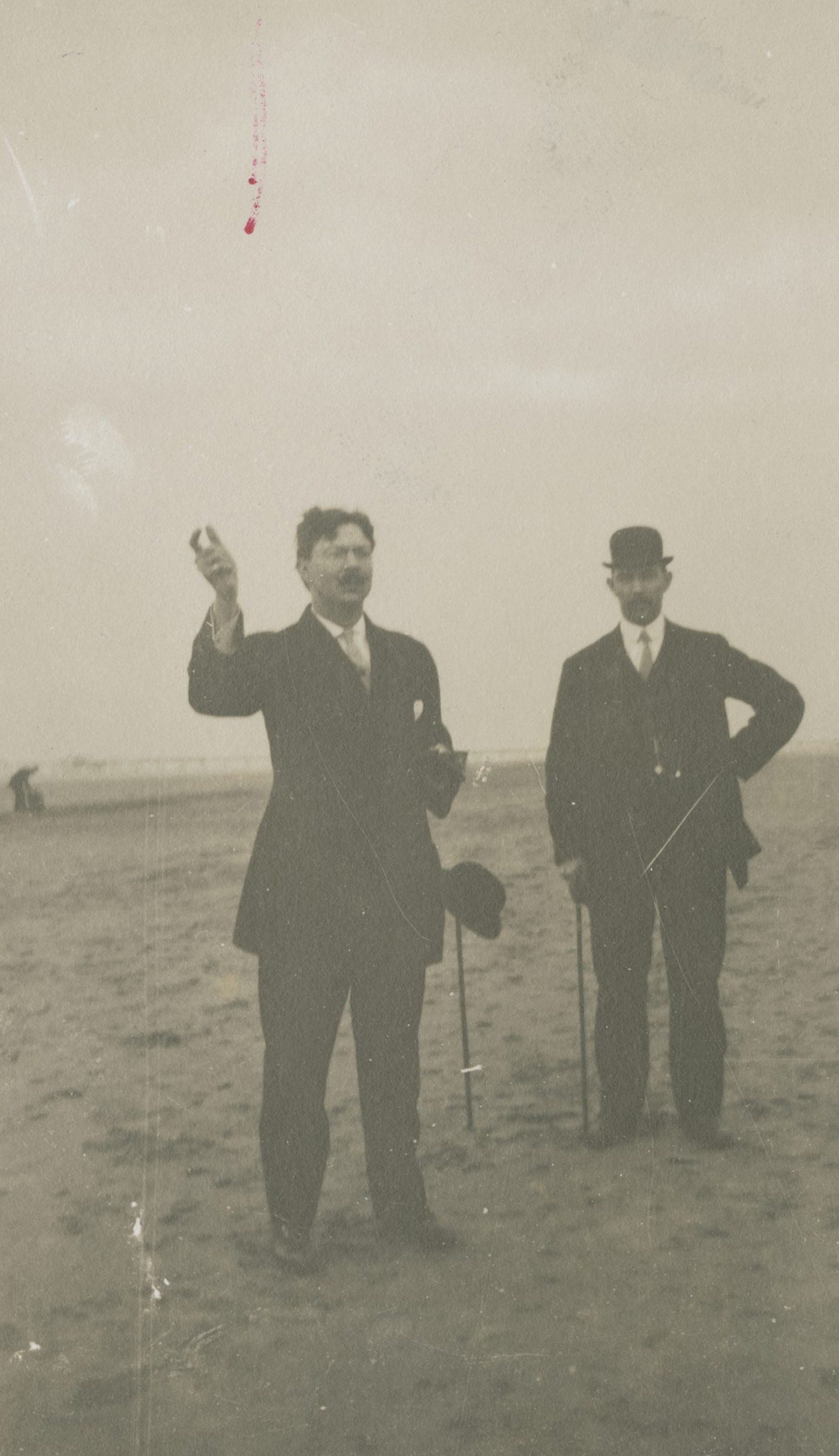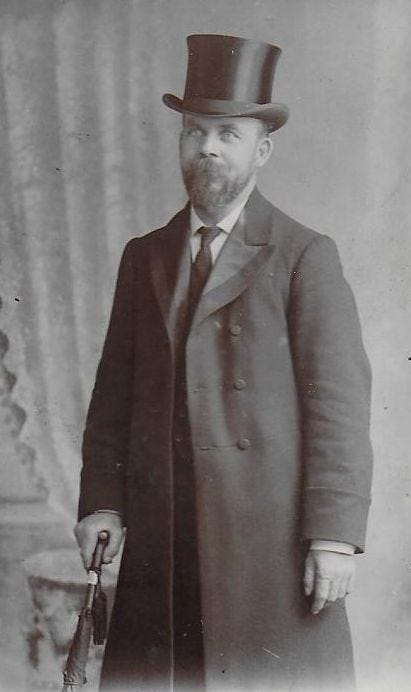Street Meetings
Advice for Edwardian missionaries
Recently two young men from my branch set off for their missions in Australia. In the lead-up to their missions, I was able to spend some time with them talking about missionary service from my experiences as a missionary back in the 2000s. I shared how I spent my time tracking, contacting people in the street, performing service, and other day-to-day activities. I also explained how we had to use internet cafes and libraries to send emails to our mission president (my family didn’t use email at the time).
As we spoke I marvelled at just how much missionary work had changed in the 13 years since I finished my mission. Today missionaries have electronic devices, can use social media, and have rules and policies that have radically changed from my time as a missionary. The history of missionary work shows that changes in the way that missionaries share the gospel are a consistent experience and more recently developments are not an exception.
Below is an article written by a missionary in the British Mission and published in 1904 outlining how to successfully hold a street meeting. Street meetings often involved one or more missionaries trying to raise and hold a crowd in a public space and share gospel messages, often accompanied by music and the sharing of tracts. They were a feature of the Latter-day Saint missionary experience for well over a hundred years with varying degrees of tolerance and success.
Just as many missionaries no longer spend time tracting there was a similar point in time in which missionaries stopped holding street meetings. They too likely found that it was no longer an effective or efficient means of sharing the gospel. It is, therefore, now a relic in the history of missionary work. Enjoy this short read and jaunt through history to imagine what it must have been like to try and preach openly and loudly in public.
Street Meetings
[Some time ago a request was made through the conference presidents of the British mission for brief articles from the Elders on the subjects of Street Meetings and Tracting. While but few have responded, the articles which we have received contain some very good suggestions on these subjects which are so closely connected with the work of the Elders; therefore, we shall take pleasure in reproducing in the next three or four numbers of the Star selections from the papers sent us. We sincerely trust they will be suggestive and helpful to all who are engaged in the work of preaching the Gospel. — Ed.]
Street meetings form a very important part of the labors required of the Latter-day Saint missionaries. In this country, they are not in disrepute, but on the contrary, most sects and religious denominations, as well as advocates of the various national, social, and economical questions of the day, resort to them. They place the "Mormon" Elders more on an equality with other ministers; hence there is no occasion for feeling abashed or low spirited because we are required to engage in them. The following are points that I think important for the Elder to bear in mind.
First.—Get acquainted with the police by acknowledging them on the street. They are susceptible to courtesy like the rest of mankind; and when you get their friendship, keep it by observing their wishes.
Second.—After having decided on the best time and place for holding meetings, be prompt and regular. Do not hold promiscuously here and there and at any and all times j but hold your meetings so that those who desire to hear you again, or those who learn of you through friends, may know when and where they can find you.
Third.—Singing is a very important factor in securing and holding an audience. The Elders should be so paired that one, at least, can carry a tune. Song leaflets with the "Articles of Faith" on the back, containing a number of Latter-day Saints' hymns, and several other religious songs, popular in that particular neighborhood, about half of each (selections from "Sankey's Songs and Solos" are very good), should be distributed at the commencement and during the services. It will be found that the audience will be more interested if they can join in the service; and the English people are not backward in helping to sing when it is made practicable. These leaflets can be purchased by the Elders and counted as tracts when given out.
Fourth.—Avoid glittering generalities and random assertions. Have a subject and stick to it. Give proof on each point, explaining each passage of Scripture fully as you understand it. To quote a passage of Scripture and not explain it will not do the good it otherwise would. The people of the world know the Bible, but they have been educated to place an incorrect meaning on many of its statements.
Fifth.—Don't be too lengthy. Stop and sing another song as soon as the people show uneasiness.
Sixth.—Don't enter into discussion at the close of the meeting. Avoid dissension. Invite those who wish to ask questions to call at your lodgings or to make an appointment for you to call and see them at their homes. Leave the crowd as soon as you are through. Many people like to discuss and they will make all kinds of statements, false and otherwise, that the crowd will accept as truth and expect you to disprove, while you must submit proof for all you say; thus you are placed at a great disadvantage. To attempt to refute the many slanderous statements that will be made, and follow from one subject to another is quite a task, and is seldom productive of good, but gives some brawler a chance to exploit his false learning and display his oratory.
Seventh.—Tracts and books distributed at the close of the meeting should contain the address of the Elders in that locality as well as the time and place of their regular meetings.
Eighth.—Notice should be given of the time and place when you will speak on the street again.
John W. Gibson1
‘Street Meetings,’ The Latter-day Saints’ Millennial Star, Vol. 66, No. 36 (1904), pp. 561-562.






I grew up in the church in Derby, baptised at the age of 8 in 1956 inNottingham, (there was no font in Derby.) We met at "Unity Hall" a union hall at the junction of Burton and Normanton Roads. I clearly remember the missionaries announcing at the close of sacrament meeting that there would be a street meeting that evening. Pretty much the whole congregation would walk the 10 minutes downtown, where there were were several gatherings in various parts of the Marketplace. The Jehovah's Witnesses had their corner, as did the Catholic Truth Society, and others, with crowds milling around in between - unfortunately some were in various stages of intoxication. The missionaries and some of the members took turns, opening and closing with a prayer, singing and leading hymns, and teaching about one aspect or other of the gospel. The speakers stood, quite literally, on a soap box for elevated visibility. Animated discussions followed . . . We usually met for 30 minutes or so before taking the bus home. I'm not sure how effective a missionary tool the meetings were - don't remember any baptisms ensuing at least during the 1950s. The practice stopped shortly thereafter.